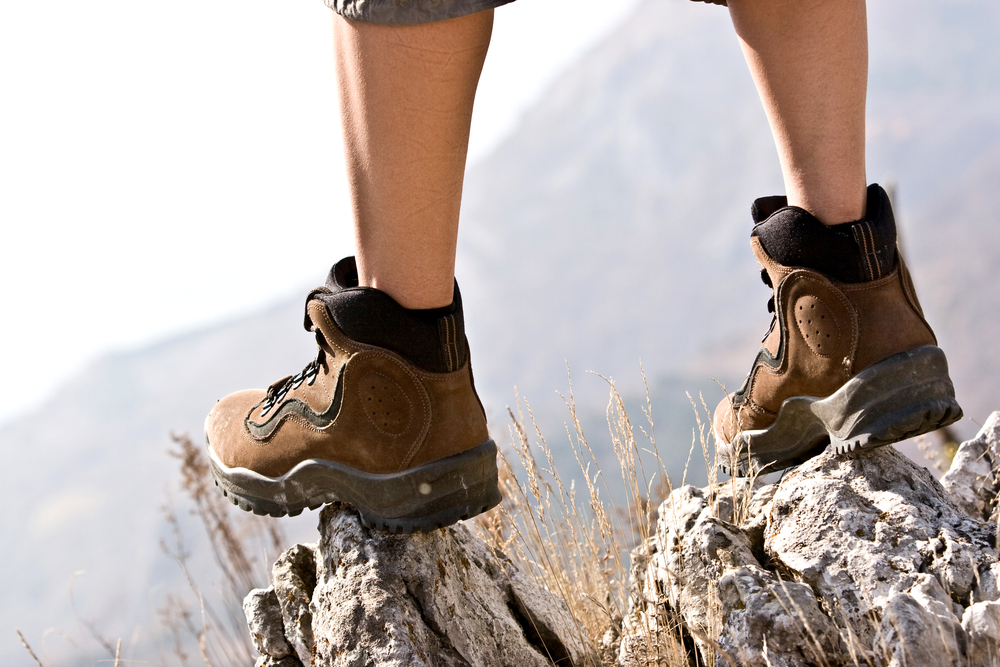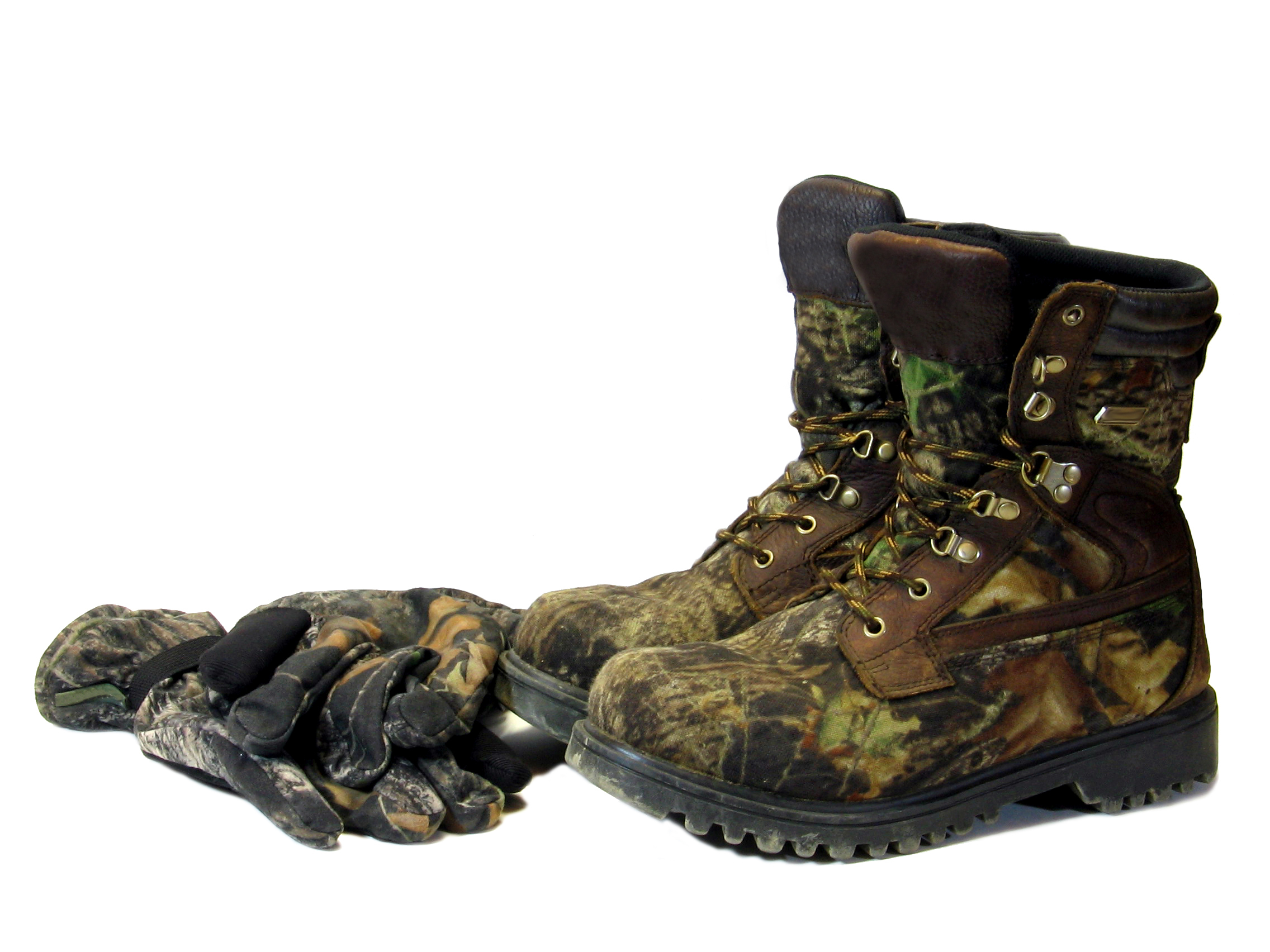We’ve all been there: You plan an exciting hiking trip, carve out some quality time to soak in nature, and halfway through, your feet start singing the blues. Tough terrains, challenging trails, and unpredictable weather conditions – a hiker’s nirvana can soon turn into a nightmare if clad in inappropriate footwear. So, how do you ensure the most robust companions for your feet, carrying you across the sun-baked desert or under the dripping canopies of lush rainforests?
The answer runs deeper than a quick dash into your nearest retail store or a Google search. Hiking boots are not just about looking stylish while trekking. They should offer reliable support, remain comfortable for long durations, and be durable enough to survive diverse terrains and conditions. In this comprehensive guide, we’ll walk you through the exquisite terrain of hiking boots, discussing everything from their built and style to their pros and cons.
Why Invest in a Good Pair of Hiking Boots?
Your feet are your most reliable mode of transport on a hike. They ask for little but deserve the best protection possible. Investing in a high-quality pair of hiking boots doesn’t just prevent breeze-induced blisters or waterlogged woes. Quality boots provide traction, prevent ankle twists, and support you with comfort over long miles. We can’t stress enough – your choice of boots could be a make-or-break deal on a challenging trail.
Know Your Hiking Boots
- Diverse Silhouettes, Unique Spirits: While hiking boots may share a common silhouette, their spirit is shaped by their intended use and terrain compatibility.
- Tailored for Terrains: Hiking boots cater to various terrains—ranging from light trails to challenging mountain slopes—each demanding specific features for optimal performance.
- Light Hiking Ease: Boots designed for light hiking prioritize comfort and flexibility, perfect for less demanding trails and day hikes.
- Mountaineering Mastery: Mountaineering boots are built for rugged landscapes, offering stability, durability, and crampon compatibility for conquering challenging peaks.
- Backpacking Brilliance: Backpacking boots strike a balance between support and comfort, ideal for long journeys with a heavy pack, ensuring endurance on varied terrains. Understanding these distinctions empowers hikers to choose footwear that aligns with their adventure ambitions.
Pros and Cons of Various Styles
Just as every sojourner is unique, each style of hiking boots comes with its own set of advantages and disadvantages. Light hiking boots are great for occasional hikers but may not provide comprehensive support needed by an experienced outdoor enthusiast. Heavy-duty boots are perfect for rough terrains but not for casual, light treks.
What Materials Matter?
Leather, synthetic, waterproof – the material of your hiking boots can drastically affect their comfort, durability, and suitability for certain weather conditions. But remember, while a material may be excellent under one condition, it may falter in another. Unweaving the fabric tale is essential to choose wisely.
Know Before You Go: Hiking Boot Fitting
- Crucial Fit Consideration: The fit is the ultimate factor in finding the ideal hiking companion; even feature-rich boots can disappoint without the right fit.
- Comfort is Paramount: Ill-fitting boots can lead to discomfort, blisters, and fatigue, overshadowing the benefits of advanced features.
- Size Matters: Ensure the right size by measuring your feet regularly and factoring in the type of socks you’ll wear during hikes.
- Test the Terrain: Try boots on various surfaces and inclines to evaluate how they respond to different movements, ensuring a snug yet flexible fit.
- Break-In Period: Recognize that some boots require a break-in period; allow time to adapt and ensure they conform to the unique shape of your feet. The perfect fit guarantees a satisfying and enduring hiking experience.
Care and Maintenance for Your Hiking Boots
- Regular Cleaning: Brush off dirt and debris to prevent material deterioration.
- Conditioning: Nourish leather, suede, or synthetic materials to maintain suppleness.
- Weatherproofing: Protect against the elements with water-repellent sprays or waxes.
- Insole Maintenance: Clean and replace insoles for comfort and support.
- Proper Storage: Keep in a cool, dry place, use boot trees, and avoid stacking.
- Stain Removal: Address spills promptly with appropriate cleaning methods.
- Rotation: Alternate between pairs to allow boots to air out and recover.
- Inspect and Repair: Regularly check for wear and tear, addressing issues promptly.
- Lace Care: Keep laces clean, replace if fraying, and ensure a secure fit.
- Respect Purpose: Use specialized boots for their intended activities to prolong their life.
Conclusion
Choosing your loyal nomadic companion is no small feat. Suitable hiking boots should ensure a balance between comfort, durability, and versatility. But remember, selecting the perfect pair is as much about personal preference as it is about sensible consideration. Like any valued asset, these boots require care and attention, for only then can they reciprocate your affection and lead you safely on many wonderful adventures. Just remember, the journey of a thousand miles begins with finding the right pair of hiking boots!










